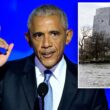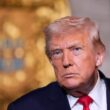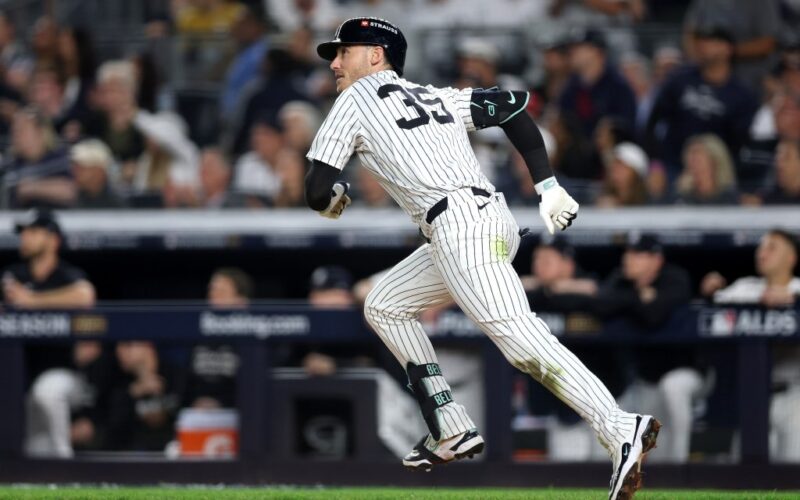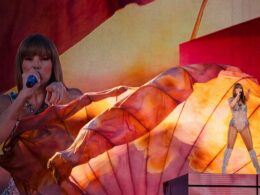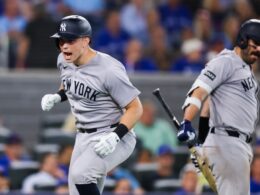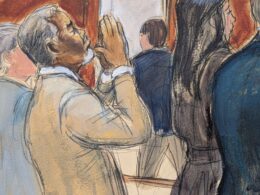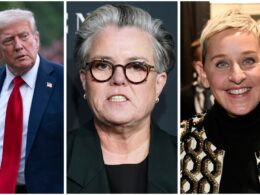With the offseason underway, much of the baseball world will gather in Las Vegas over the next few days for the annual General Managers Meetings.
Typically, major moves are not made during the GM Meetings, which officially begin Tuesday, but the foundations for such transactions can be laid during the get-together. Take the 2023 GM Meetings, for example, as the Yankees and Padres began discussing Juan Soto before the slugger was shipped to the Bronx in a blockbuster deal at the conclusion of December’s Winter Meetings.
Those same GM Meetings also saw Cashman, whose Yankees missed the playoffs in 2023, participate in a testy scrum, as heads of baseball operations speak to reporters during the assembly. Such sparks aren’t expected this year, as Cashman already conducted a monotone postmortem presser after the Bombers were bounced by the Blue Jays in the ALDS.
With Cashman and other American League heads of baseball operations scheduled to speak on Wednesday, here are a few of the broader questions facing the Yankees this offseason.
What will the outfield look like?
The Yankees have two in-house free agent outfielders in Cody Bellinger and Trent Grisham.
Cashman has already made it known that the team would “love” to have Bellinger back after he thrived with the Yankees in 2025. However, Bellinger, sure to have a strong market, makes the most sense in the corners, and Kyle Tucker is the better overall corner outfielder. He’ll cost a lot more money than Bellinger, though.
Grisham, meanwhile received the one-year qualifying offer from the Yankees, worth just over $22 million, following a career year. He has until Nov. 18 to accept or reject the offer, which attaches draft pick compensation to his free agency.
Both Grisham and Bellinger can play center, though they didn’t grade well there last season, making that specific position a crucial question with Aaron Judge best suited in right and the Yankees believing the defensively limited Jasson Domínguez, who joined the Dominican Winter League’s Escogido Baseball Club over the weekend, is better off in left.
Spencer Jones, who has to be added to the 40-man roster, can play center field, but his contact issues remain a concern, even after a monstrous power display at Double-A and Triple-A this past season. It’s certainly possible that he and Domínguez become trade fodder this winter.
As for external center field possibilities, options could include Harrison Bader, Cedric Mullins and Luis Robert Jr.
Who will make up the bullpen?
The Yankees have already done some work on their bullpen, exercising Tim Hill’s $3 million club option and declining Jonathan Loáisiga’s $5 million option. The team has several other free agent relievers, including Devin Williams, Luke Weaver, Paul Blackburn and swingman Ryan Yarbrough.
The Yankees typically avoid high-priced contracts for relievers, so it would be surprising to see Williams and Weaver return, especially after they each endured rocky seasons.
If Cashman is going to buck that trend, bonafide closers like Robert Suarez and Edwin Díaz would be better investments, though the latter has the qualifying offer and draft pick compensation attached to him, and the Yankees have a reliable closer in David Bednar.
Generally speaking, the Yankees need to add velocity to their bullpen.
Will the Yankees add a frontline starter?
The Yankees have a bunch of rotation arms in house, but Gerrit Cole, Carlos Rodón and Clarke Schmidt are all going to start the season on the injured list. That leaves Max Fried, Cam Schlittler, Will Warren and Luis Gil at the top of the depth chart, and the latter two can be improved upon.
The Yankees have some starting pitching prospects who could help in Elmer Rodriguez-Cruz, Carlos Lagrange, Brendan Beck and, eventually, Chase Hampton, but the team should pursue significant rotation help this winter. Several options could become available via trade, including Freddy Peralta, Joe Ryan and Sandy Alcantara.
In free agency, options will be a bit more limited. However, Japanese ace Tatsuya Imai is an expected target. The righty’s NPB team, the Saitama Seibu Lions, officially agreed to post the pitcher on Sunday night, though that process hasn’t begun yet.
How seriously will the Yankees play in the Japanese market?
Speaking of Japan, the Yankees would like to reestablish their presence there after missing out on players like Yoshinobu Yamamoto and Roki Sasaki, who joined Shohei Ohtani on the Dodgers, in recent years.
While the Yankees have had success with Japanese players in the past, including Hideki Matsui and Masahiro Tanaka, and scout the country heavily, they’ve watched the Dodgers dominate – and profit from – that market while luring some of the country’s best players to L.A. and winning back-to-back championships.
Several Japanese players will make the transition from NPB to MLB this winter, giving the Yankees a chance to get back on the board. Imai is certainly a fit, as is corner infielder Kazuma Okamoto, a right-handed hitter.
Munetaka Murakami, a left-handed hitter with contact and defensive concerns, doesn’t make as much sense for the Yankees but is going to draw heavy interest across the sport.
How much is Hal Steinbrenner willing to spend?
While the Yankees won’t disclose their spending plans, this is the question that hovers above all others, as Steinbrenner has expressed his disdain for $300 million payrolls despite exceeding that figure in each of the last two seasons.
As of Monday morning, the Yankees’ 2026 payroll was projected to be $258 million for competitive balance tax purposes, per Cot’s Contracts. That ranked second behind the Dodgers ($320.6 million).
Meanwhile, the thresholds for CBT penalties are $244 million, $264 million, $284 million and $304 million in 2026. So the Yankees are already above the first threshold and are closing in on the second one with plenty of holes on their roster.
It also remains to be seen how baseball’s uncertain economic future and labor issues could impact Steinbrenner’s spending. While Cashman has already said the Yankees will be “business as usual” in that context, the club limited its payroll and avoided a CBT penalty in 2021, the last time a work stoppage was anticipated in the near future.
